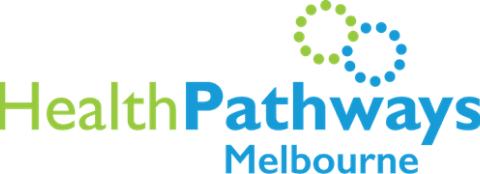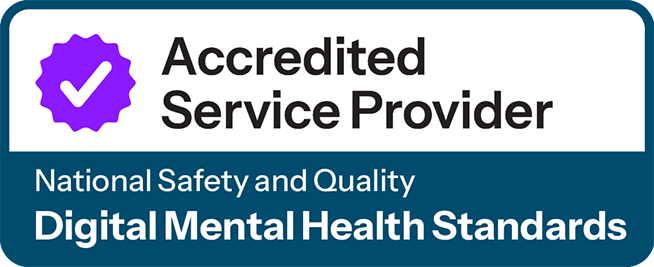Electronic prescribing
Electronic prescribing allows prescribers and their patients to use an electronic prescription for medicines.
To generate an electronic prescription, you will need the capability built into your clinical information system. You will need to update your clinical information systems, and check that the pharmacy is ready for electronic prescribing. (Read about setting up electronic prescribing, contact your software provider directly, or visit the Australian Digital Health Agency website for more information and a register of conforming software providers.)
How do electronic prescriptions work?
There are two models: the ‘token model’ and the ‘active script list’ model.
Token
Instead of a paper prescription, the patient can choose to receive a prescription via an app, SMS or email containing a link to a unique QR code or ‘token’. This is scanned by the pharmacy to unlock the electronic form of the prescription from an encrypted and secure electronic delivery service. If patients have a repeat for a prescription, they will receive a new token from the pharmacy.
Active Script List
An Active Script List (ASL) is a digital list of a patient’s electronic prescriptions. Once registered, patients no longer need to keep track of each token. The ASL allows patients to attend any participating pharmacy, provide consent for access to their list, and have that pharmacy dispense their medicines.
Once patients register at a pharmacy for an ASL, any electronic prescriptions they are issued are automatically added to it. Patients can choose for some medicines not to be added to the ASL at the point of prescribing. GPs can manage these requests via their clinical information systems.
What are the benefits of electronic prescribing?
- Improved patient safety by reducing the risk of transcription errors.
- Improved practitioner workflow efficiencies by reducing unnecessary paperwork.
- Choice of prescription format that suits patient preference.
- Potential for new or alternative digital health services and initiatives into the future.
- Reduced prescription misuse through increased data available for real-time monitoring.
- Supporting the future of digital health innovation.
Electronic prescribing resources for:
-
Prescribers
-
Dispensers
-
Practice management
-
Aboriginal and Torres Strait Islander health prescribers
How can we help?
North Western Melbourn Primary Health Network encourages and supports the use of token electronic scripts and ASL in our region. For further information or support, email primarycare@nwmphn.org.au






